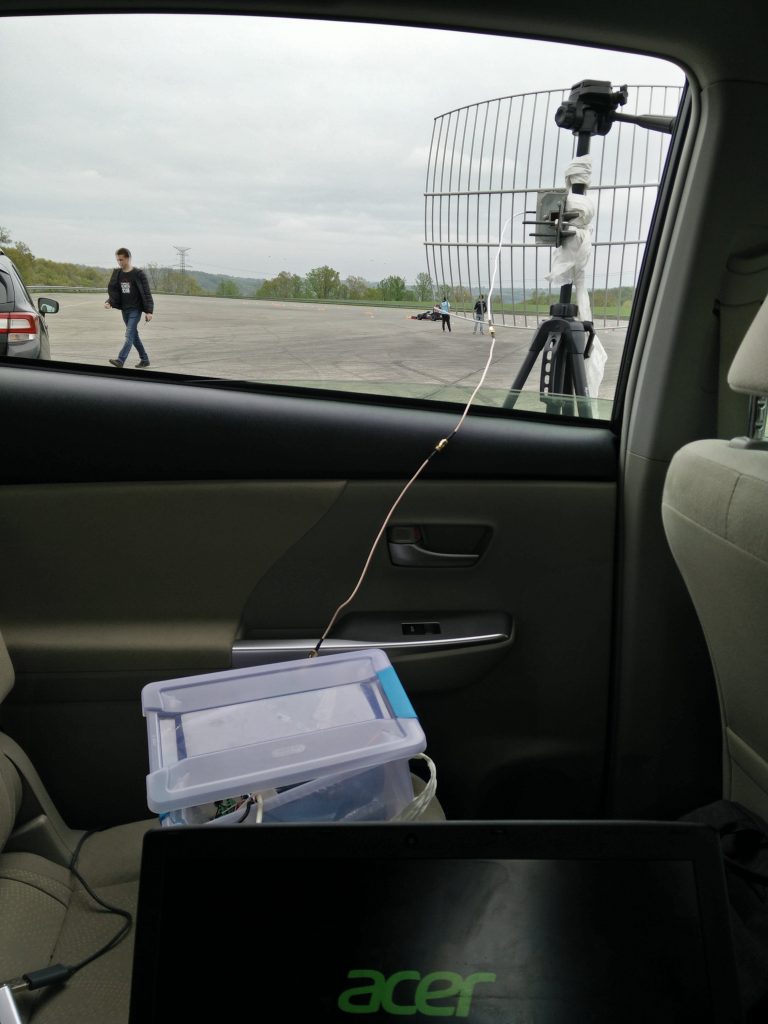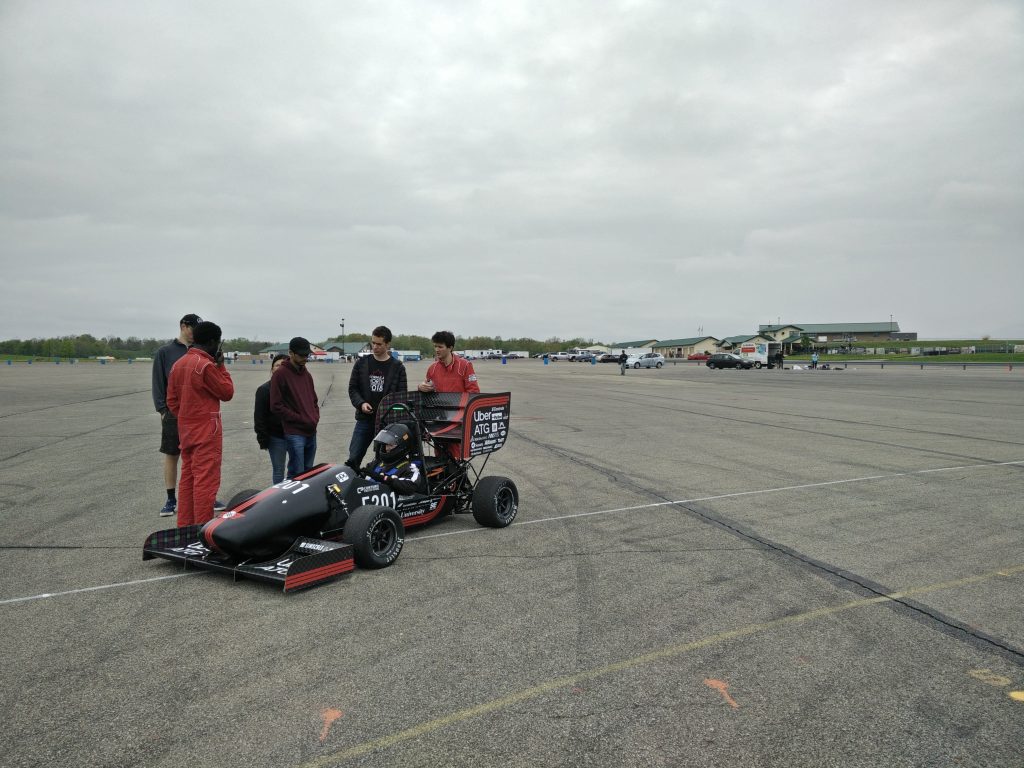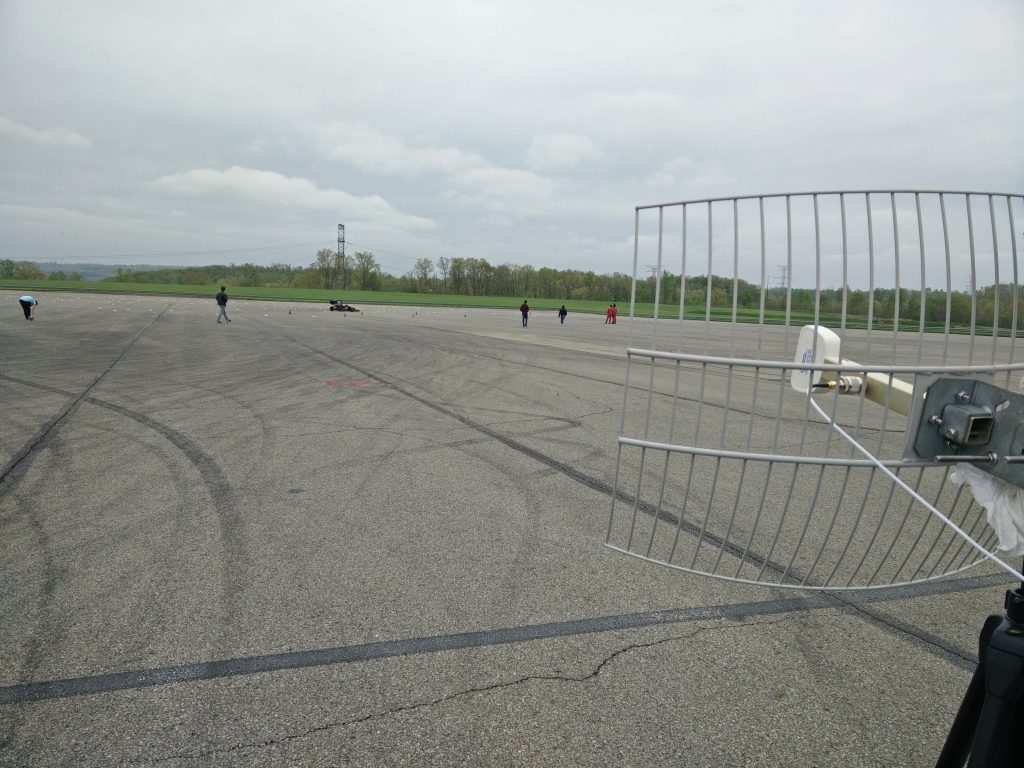Things I’ve accomplished this week
-
- Robustness testing, extensive range testing at the track Saturday
- TOM rev. 2, MCU board #1 assembled, not working in time for demo as of Sunday Night — MCU does not program despite all connections seeming to be solid electrically, and I’m pretty sure it was not thermally shocked during rework 🙁
- Rework / assembly / post-mortem pending further review
- Enclosure finished for use at the track
Deliverables for next week:
- Continue work on CAN bootloader, more track testing
- Final status of Rev. 2
Updates on schedule:
- Schedule has been updated for final report


